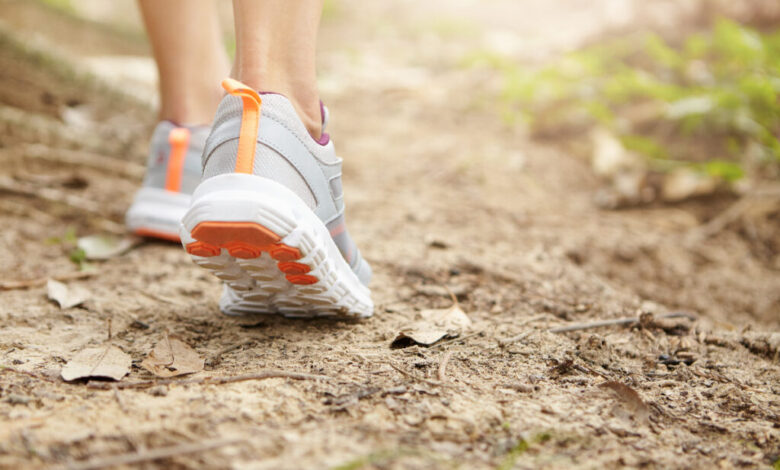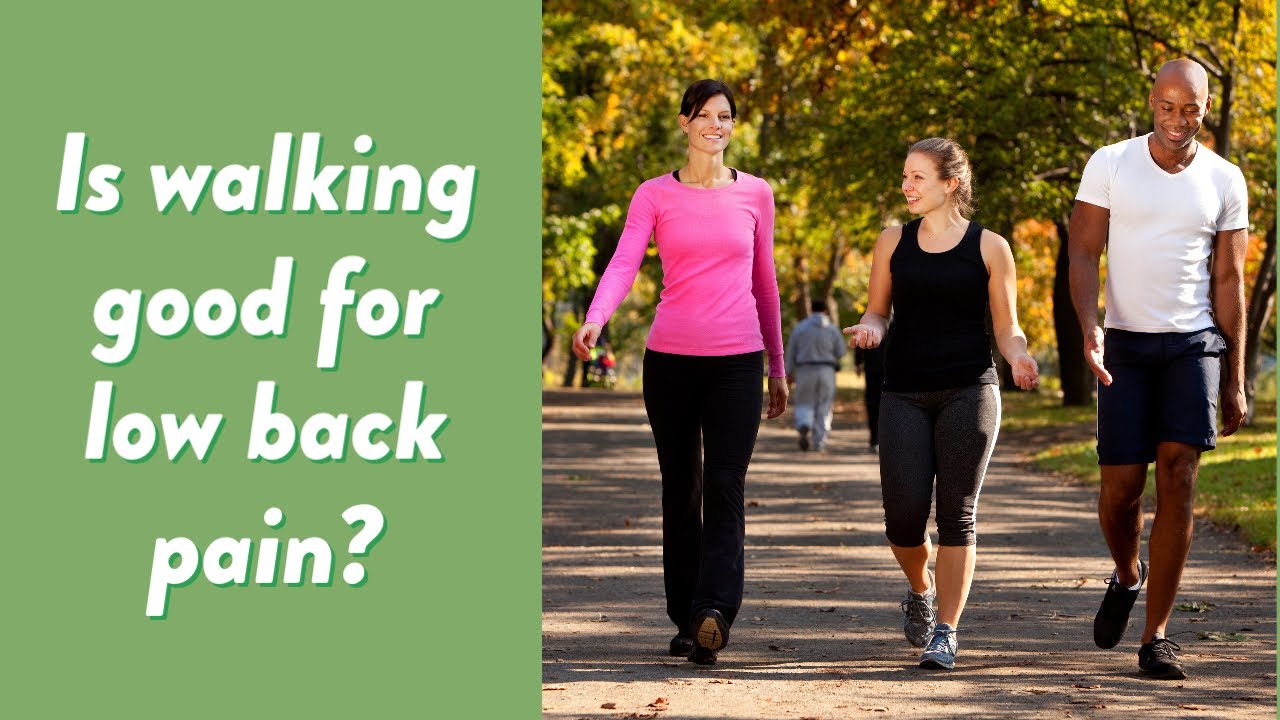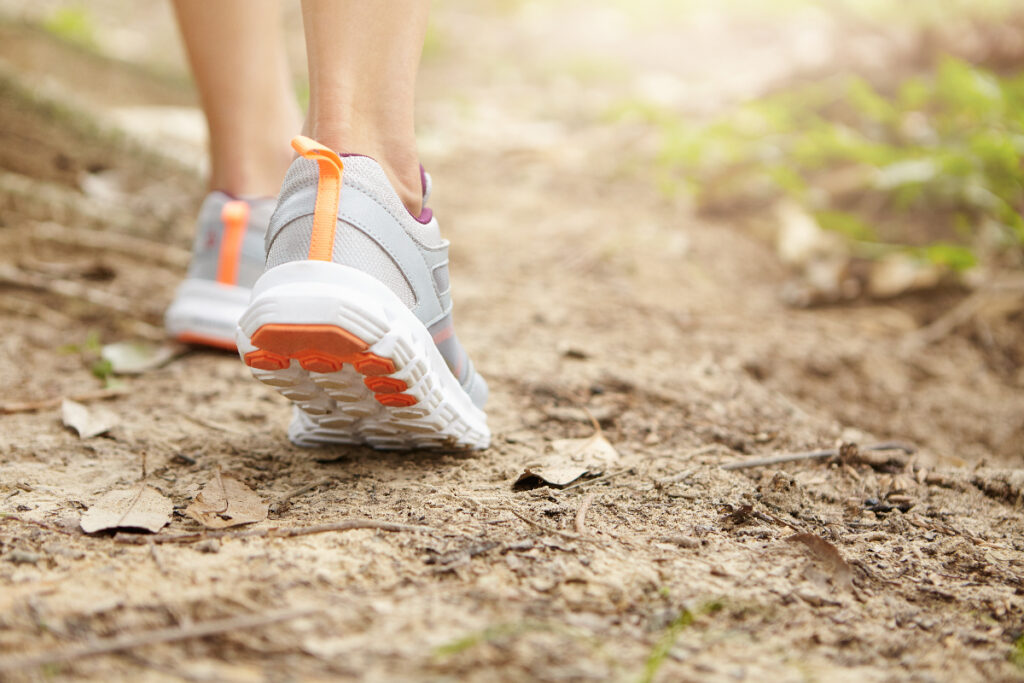
How Walking Can Help Ease Lower Back Pain
How walking can help ease lower back pain is a question many of us have pondered, especially those who have experienced the discomfort of a nagging backache. Walking, a simple yet powerful activity, can be a surprisingly effective way to alleviate lower back pain.
It’s not just about getting your steps in; it’s about how walking strengthens your core, improves your posture, and reduces strain on your spine.
Whether you’re dealing with a chronic issue or a recent injury, understanding the benefits of walking and incorporating it into your routine can make a significant difference in your overall well-being. From proper technique to pacing yourself, we’ll explore the nuances of walking for lower back pain relief.
When to Seek Professional Help

While walking is often a safe and effective way to manage lower back pain, there are instances when it might not be suitable or even harmful. It’s crucial to recognize these situations and seek professional guidance from a doctor or physical therapist.
Consulting a healthcare professional is essential if your back pain worsens despite trying home remedies, including walking. It’s also crucial to seek medical attention if you experience any concerning symptoms alongside your back pain.
Identifying Signs When Walking May Not Be Suitable
Certain signs might indicate that walking is not the right approach for your lower back pain. Pay attention to these warning signals:
- Increased Pain:If walking intensifies your back pain, it’s a clear indication that it might be aggravating your condition.
- Sharp, Shooting Pain:A sudden onset of sharp or shooting pain down your leg, especially if it’s accompanied by numbness or weakness, could signal a pinched nerve or other serious issue requiring immediate medical attention.
- Pain That Radiates Down Your Leg:Sciatica, a condition where pain radiates down the leg, can be a sign of a compressed nerve root. Walking might worsen sciatica symptoms, making it necessary to consult a healthcare professional.
- Loss of Bowel or Bladder Control:This is a serious symptom that requires immediate medical attention. It could indicate a spinal cord injury or other neurological issue.
- Fever or Chills:These symptoms, along with back pain, could suggest an infection or other serious medical condition.
- Redness or Swelling:If you notice redness or swelling around your back, it could indicate an inflammatory condition or infection.
- Unexplained Weight Loss:Unexplained weight loss alongside back pain could be a sign of a more serious underlying condition.
When to Consult a Doctor or Physical Therapist
It’s essential to consult a doctor or physical therapist if your back pain:
- Is Severe or Persistent:If your back pain doesn’t improve after a few days of rest and home care, or if it significantly interferes with your daily activities, it’s time to seek professional help.
- Is Accompanied by Other Symptoms:As mentioned earlier, any concerning symptoms alongside your back pain, such as those listed above, should prompt a visit to a healthcare professional.
- Doesn’t Respond to Home Remedies:If you’ve tried over-the-counter pain relievers, heat therapy, and rest, but your back pain persists, it’s wise to consult a doctor or physical therapist.
- Is Caused by a Specific Injury:If your back pain stems from a recent injury, such as a fall or car accident, it’s crucial to seek immediate medical attention.
- You Have a History of Back Problems:If you have a history of back pain or other spinal conditions, it’s best to consult a healthcare professional before starting any new exercise program, including walking.
Finding a Qualified Healthcare Professional, How walking can help ease lower back pain
To find a qualified healthcare professional, consider the following:
- Recommendations:Ask your friends, family, or other healthcare providers for recommendations.
- Online Directories:Websites like the American Medical Association (AMA) and the American Physical Therapy Association (APTA) offer online directories to search for doctors and physical therapists in your area.
- Insurance Coverage:Check with your insurance provider to see which healthcare professionals are covered by your plan.
- Experience and Credentials:Look for a doctor or physical therapist with experience treating lower back pain. Check their credentials and board certifications to ensure they are qualified to provide the care you need.
- Patient Reviews:Read online reviews from other patients to get a sense of the provider’s communication style, bedside manner, and effectiveness.
Closure: How Walking Can Help Ease Lower Back Pain

By understanding the mechanics of how walking helps ease lower back pain and incorporating it into your daily routine, you can take a proactive approach to managing your discomfort. Remember, consistency is key, and listening to your body is essential.
As you gradually increase your walking distance and intensity, you’ll likely experience a reduction in pain and an improvement in your overall mobility. If you have any concerns or experience persistent pain, always consult a healthcare professional to ensure you’re on the right path to recovery.
Walking is a fantastic way to strengthen your core muscles, which can help alleviate lower back pain. It’s also a great opportunity to nourish your body with healthy, comforting food like this crockpot kale and sausage farrotto bowl.
This hearty dish is packed with nutrients and will fuel you up for your next walk, helping you stay on track with your pain management routine.
Walking is a great way to strengthen your core muscles, which can help alleviate lower back pain. And since maintaining a healthy weight is important for overall back health, you might be wondering about the latest diet trends, like should you try stoplight foods for weight loss.
While those diets might help with weight management, remember that regular exercise, like walking, is key to keeping your back healthy and pain-free.
Walking is a great way to strengthen your core muscles, which can help alleviate lower back pain. But remember, it’s also important to fuel your body right to support your recovery! A healthy diet that emphasizes whole foods and portion control can help you feel fuller longer, which can lead to better energy levels for those walks.
Check out this article for an RD approved approach to eating for fullness and satisfaction: an rd approved approach to eating for fullness and satisfaction. Once you’ve got your nutrition dialed in, you’ll be ready to take on those walks with renewed energy and a stronger back!

